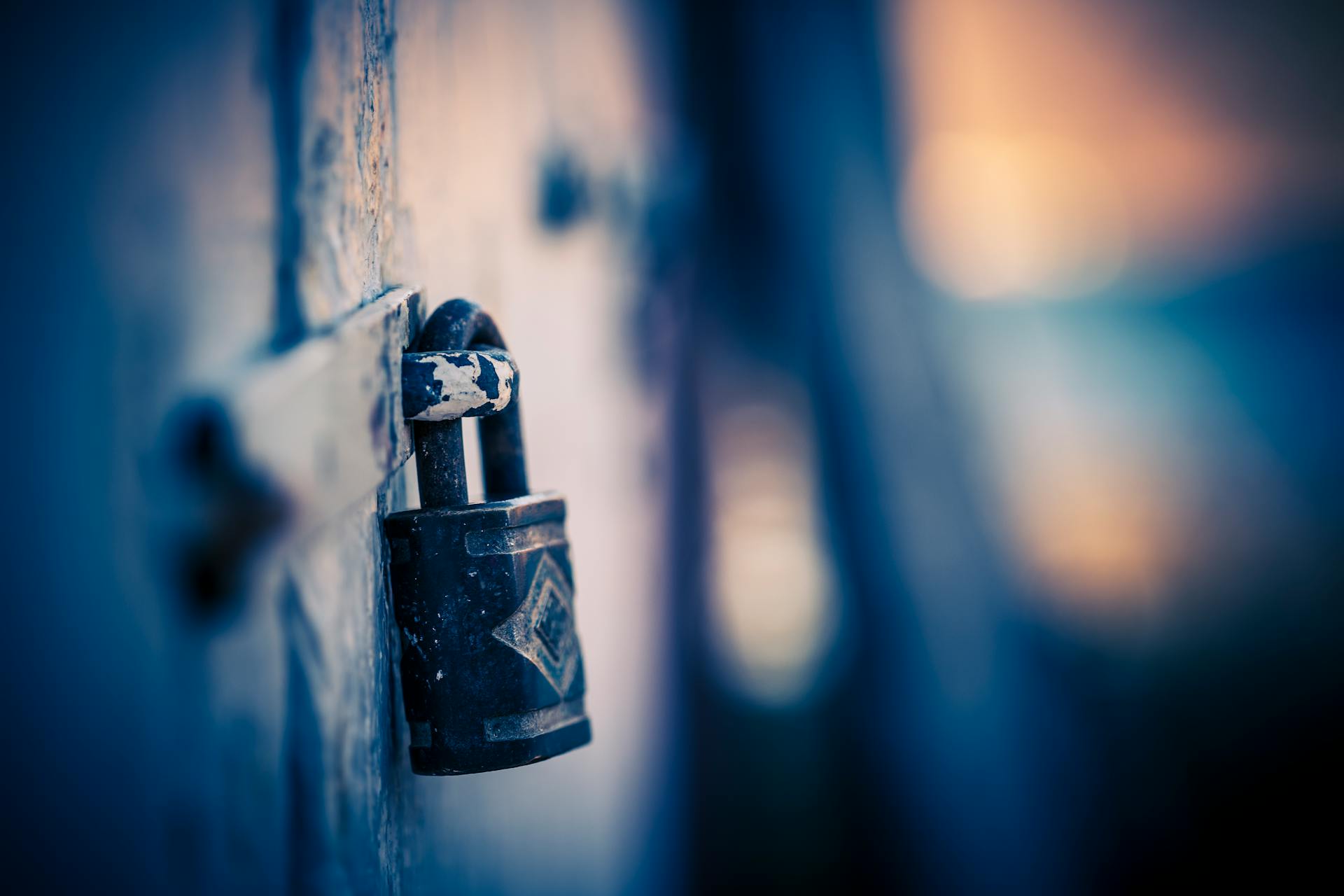WordPress is a powerful and flexible platform, but its popularity also makes it a target for hackers. Securing your site is not optional—it’s essential.
This checklist will walk you through the best practices to keep your WordPress site safe from attacks, malware, and vulnerabilities.
1. Keep WordPress, Themes, and Plugins Updated
Outdated software is one of the biggest security risks. Hackers exploit vulnerabilities in older versions, so staying up to date is critical.
How to Stay Updated:
✔️ Enable automatic updates for WordPress core files.
✔️ Regularly update themes and plugins—at least once a month.
✔️ Remove unused themes and plugins to reduce potential security holes.
✔️ Use only trusted plugins from the official WordPress repository or reputable developers.
📌 Bonus Tip: Always test major updates on a staging site before applying them to your live website.
2. Use Strong Login Credentials
Weak usernames and passwords are a hacker’s easiest way in.
How to Secure Your Login:
✔️ Avoid using “admin” as your username—choose something unique.
✔️ Use a strong password with a mix of uppercase, lowercase, numbers, and symbols.
✔️ Use a password manager (e.g., Bitwarden, 1Password, or LastPass) to store complex passwords.
✔️ Limit login attempts using a security plugin like Login Lockdown or WP Limit Login Attempts.
📌 Bonus Tip: Consider using passkeys or biometric login for even stronger protection.
3. Enable Two-Factor Authentication (2FA)
Even if hackers steal your password, 2FA prevents them from logging in without a secondary authentication step.
How to Set Up 2FA:
✔️ Install a 2FA plugin like WP 2FA, Google Authenticator, or iThemes Security.
✔️ Require 2FA for all users, especially administrators.
✔️ Use an authenticator app instead of SMS (which can be hacked via SIM swapping).
4. Change Your Default Login URL
By default, WordPress login pages are at /wp-admin or /wp-login.php. Hackers know this and try to brute-force their way in.
How to Hide Your Login Page:
✔️ Use a plugin like WPS Hide Login to customize your login URL.
✔️ Choose a unique login URL that only you and your team know.
✔️ Block access to wp-admin for non-logged-in users.
5. Use a Security Plugin for Extra Protection
Security plugins add an extra layer of defense by blocking brute-force attacks, scanning for malware, and monitoring suspicious activity.
Best WordPress Security Plugins:
🔒 Wordfence Security – Great for firewall protection and malware scanning.
🔒 Sucuri Security – Monitors and protects against security threats.
🔒 iThemes Security – Hardens WordPress against attacks.
6. Secure Your Website with an SSL Certificate
SSL encrypts the connection between your website and your visitors, protecting sensitive data like login credentials and payment information.
How to Get SSL for Free:
✔️ Use Let’s Encrypt (free SSL certificates available through most hosting providers).
✔️ If your host doesn’t provide free SSL, get one from Cloudflare or a third-party SSL provider.
✔️ Ensure your entire site is served over HTTPS (not just the login page).
📌 Test your SSL setup using SSL Labs.
7. Backup Your Website Regularly
No security setup is perfect. In case of an attack or data loss, having backups ensures you can restore your site quickly.
Best Backup Solutions:
✔️ Use a WordPress backup plugin like UpdraftPlus, BlogVault, or BackWPup.
✔️ Schedule automatic daily backups for database & files.
✔️ Store backups offsite (Google Drive, Dropbox, or AWS).
✔️ Test your backups to ensure they can be restored properly.
8. Protect Your wp-config.php and .htaccess Files
Your wp-config.php file contains sensitive database credentials and site settings, while .htaccess controls key security rules.
How to Secure These Files:
✔️ Deny public access to wp-config.php and .htaccess using this rule in .htaccess:
✔️ Move wp-config.php above the root directory if your host allows it.
✔️ Disable directory browsing to prevent hackers from seeing your files:
9. Disable File Editing in WordPress
By default, WordPress allows theme and plugin file editing from the admin dashboard. If a hacker gains access, they can inject malicious code into these files.
How to Disable File Editing:
✔️ Add this line to your wp-config.php file:
define('DISALLOW_FILE_EDIT', true);
📌 Bonus Tip: You can also disable plugin and theme installation if your site doesn’t need frequent changes:
define('DISALLOW_FILE_MODS', true);
10. Monitor User Activity & Admin Access
If multiple users have access to your WordPress dashboard, monitor who logs in and what changes they make.
How to Track User Activity:
✔️ Install a plugin like WP Activity Log to track login attempts and admin actions.
✔️ Set up email alerts for suspicious activity.
✔️ Review WordPress users regularly and remove unnecessary admin accounts.
11. Protect Against DDoS & Brute-Force Attacks
Hackers may flood your server with fake traffic to slow down or crash your site.
How to Prevent DDoS Attacks:
✔️ Use Cloudflare or Sucuri to block bad traffic.
✔️ Limit login attempts with Wordfence or Limit Login Attempts Reloaded.
✔️ Enable reCAPTCHA on login and contact forms.
12. Run Regular Security Scans
Even if everything seems fine, malware can hide undetected in your files.
Best Malware Scanners for WordPress:
✔️ Wordfence Security – Scans for malware & suspicious code.
✔️ Sucuri Security – Offers a free security scanner.
✔️ VirusTotal – Online scanner for checking individual files.
📌 Bonus Tip: Run a security scan at least once a week.
Final Thoughts
Securing your WordPress site isn’t just about installing a few plugins—it’s about consistent maintenance and proactive defense.
✅ Keep WordPress, themes, and plugins updated.
✅ Use strong passwords and enable two-factor authentication.
✅ Install a security plugin and SSL certificate.
✅ Backup your site daily and protect sensitive files.
✅ Monitor activity, limit login attempts, and run regular security scans.
